
Fifth Generation Fighters: India’s Choices & Options

As India rightly pushes for Atmanirbharta, it is very clear that the highest dividend for indigenisation in defence is in aviation sector. Aircraft requires the leading-edge technologies. No country shares high-end technologies. Also, obsolescence sets in early. For any country to sit on the global high table, they must carry out research and development (R&D) and build its own intellectual property. Indian Air Force (IAF) leadership firmly backs all indigenous aviation projects.
Meanwhile, IAF is at near all-time low of around 31 fighter squadrons. The last of the MiG-21s is being phased out. The LCA Mk1A deliveries that were to start by end March 2024 have got delayed tentatively to November 2024 because there are supply chain issues with the GE 404 engines. India has still to decide on the purchase of 114 new foreign fighters. India’s LCA Mk2 which is planned to be Rafale class is still a distance away. India’s fifth Generation aircraft, the Advanced Medium Combat Aircraft (AMCA) is at initial stages of development.
Over 20 air forces of the world are already operating 5th generation fighters. People Liberation Army Air Force (PLAAF) of China has inducted nearly 250 home grown Chengdu J-20 5th generation fighters. Another 50 are being used for flight tests. Their second stealth fighter, the J-31 is in advanced stage of development. India’s other neighbour, Pakistan, is working closely with Turkey for the Turkish Aircraft Industry (TAI) TF Kaan 5th generation fighter. In January 2024, Pakistan Air Chief Zaheer Abbas Baber Sidhu announced plans to purchase the J-31 and induct by around 2029.
India has the fourth largest air force but may not have a 5th generation fighter for quite some time or it may take some more time to come. What are the timelines for AMCA and what are the interim 5th generation aircraft choices in case of delays?
Advanced Medium Combat Aircraft (AMCA)
The HAL/ADA AMCA planned to be a single-seat, twin-engine, all-weather fifth-generation stealth, multirole combat aircraft being developed for the IAF and the Indian Navy (IN). The Mark-1 variant of the aircraft will be a fifth-generation fighter while the Mark-2 variant will have a more powerful engine and incremental sixth-generation technologies. The AMCA design is optimised for low radar cross section and super-cruise capability. It will have 38–40 percent composites. The AMCA is intended to perform a multitude of missions including Air supremacy, Ground-Strike, Suppression of Enemy Air Defences (SEAD) and Electronic Warfare (EW) missions. It is intended to supplement the Sukhoi Su-30MKI air superiority fighter, which forms the backbone of the IAF fighter fleet.
The AMCA programme was launched in 2010. Although envisioned as a 20-tonne class fighter earlier, now it is planned to be 25-tonne class fighter.
In 2015, the basic design configuration of AMCA was finalised, and has been accepted by IAF in 2016. The design work was completed in 2023, and Committee on Security (CCS) approval for the ₹15,000 crore (US$1.8 billion) project for prototype development was received in March 2024. A Special Purpose Vehicle (SPV) consisting of ADA, Hindustan Aeronautics Limited (HAL) and a private company is being formed for the development and production of AMCA.
DRDO has an ambitious plan of rolling out the first prototype in three years and the first flight in another two years after that. The first flight is targeted in late 2028. The first three prototypes will carry out developmental flight trials, whereas the next two will focus on weapon trials. Mass production of the aircraft is planned to start by 2035. The IAF has initial plans to procure at least 125 aircraft.
Critical design Issues for AMCA
ADA designers are still in the process of refining the radar reflection design issues. The AMCA is expected to have distributed passive sensors with Artificial intelligence (AI) assisted multi-sensor data fusion to increase situational awareness and to work in tandem with the advanced electronic warfare (EW) suite. Most of these are new areas for Indian designers.
AMCA will be equipped with a larger and powerful variant of the Uttam AESA Radar which first be evolved for Su-30 MKI upgrade.
The AMCA Mk-1 will be powered by two General Electric F414 engines with limited rear hemisphere stealth. A more powerful joint venture (JV) engine is planned for AMCA Mk-2. Such a JV may have to have a foreign partner. It has still to evolve.
Realistic AMCA Induction Timeline
India has experienced significant timeline slippages in LCA. Despite the first flight of LCA ‘Tejas’ Technology Demonstrator (TD) in January 2001, total built after 23 years are 51 and only 40 production variants. Considering that the AMCA technologies are more complex and many items may still be sourced from abroad the timelines can easily slip. Also it is not possible in any programme to meet the design specifications in the first attempt. Sometimes many iterations are required. The planned series production could easily slip and induction take place in 2038-40.
China plans to have around 1,000 J-20s by 2035. Even Pakistan has planned much earlier timelines. India is one of the most threatened nations in the world with two major adversary with whom India has fought wars. Is IAF ready to wait that long and allow such capability gap?
Why Stealth is Important
Stealth or low observable (LO) technology greatly reduces the radar, visual, IR, sound, smoke signatures. It thus makes it harder to detect the aircraft. Delayed detection means late interception. Also the stealth platform can release its weapons before getting seen. Stealth is achieved through aircraft body shaping, special radar absorbent or reflecting materials/paints. To reduce reflections munitions are stored in internal bays. Most modern aircraft and those on the drawing board are having stealth inbuilt.
Fifth and Sixth Generation Aircraft Programmes
United States Lockheed Martin F-22 Raptor was the first 5th generation aircraft that entered service in 2005. The Lockheed Martin F-35 Lightning II variants began inducting in 2015, China’s Chengdu J-20 in 2017, and Russia Sukhoi Su-57 in 2021. Chinese Shenyang FC-31 technology demonstrator made its first flight in October 2012, but is still under development. South Korean KF-21EX made first flight in July 2022, and they expect induction around 2026. Turkey TAI TF-X Kaan first flight was in February 2024, and service entry expected in 2030s. Russian Sukhoi Su-75 Checkmate under development service entry after 2027.
The Global Combat Air Programme (GCAP) is a multinational initiative led by the United Kingdom, Japan, and Italy to jointly develop a sixth-generation stealth fighter. Under the current timeline, the programme expects to begin the formal development phase from 2025, with a demonstrator aircraft to fly in 2027, and production aircraft to begin entering service from 2035.
The Future Combat Air System (FCAS), is between France, German, Spain with test flight of a demonstrator expected around 2027 and entry into service around 2040. Russia’s Mikoyan PAK DP first flight targeted 2025, and induction in 2030s. USA’s F/A-XX and Next Generation Air Dominance (NGAD) were initiated about a decade back, and are still evolving. Among the current operational 5th generation aircraft, the only contenders for India’s interim purchase are the Sukhoi Su-57 and F-35. Time to compare the options.
Sukhoi Su-57 ‘Felon’ India Dynamics
India had joined the Sukhoi/HAL Fifth Generation Fighter Aircraft (FGFA) project in 2007. Due, concept, technological, work-share, and timeline issues, India walked out of the project in 2018. Russian kept moving forward independently to develop what they later called the Sukhoi Su-57 ‘Felon’. It is a twin-engine stealth multirole fighter. Numbers built till date are 32 (10 test and 22 serial aircraft). One squadron has been formed with 14 aircraft, and have seen limited action in Syria and Ukraine. The multirole fighter aircraft is meant for air superiority missions and can take-on surface and maritime targets.
Production and deliveries are slow. Russia has ordered 76 aircraft to be delivered by 2028. In view of delays additional Su-35 variants had to be inducted.
The United Aircraft Corporation (UAC) reported that an upgraded Su-57M variant made its first flight on October 21, 2022. India remains the most desired customer for Russia. But India has not been responding to the overtures and is keen to develop its own AMCA.
F-35 Being Built in large Numbers
Lockheed Martin F-35 Lightning II is a single-seat, single-engine, stealth multirole combat aircraft designed for air superiority and strike missions. The three main variants are the conventional take-off and landing (CTOL) F-35A, the short take-off and vertical-landing (STOVL) F-35B, and the carrier-based (CV/CATOBAR) F-35C. Mostly funded by the USA, others who made financial contributed included the United Kingdom, Australia, Canada, Italy, Norway, Denmark, the Netherlands, and formerly Turkey. Turkey was excluded after it procured the Russian S-400 air defence system. The UK was the only Tier 1 partner.
The technology demonstrator X-35A first flew in October 2000. Service entry began in 2015. The USA proposes to buy around 2,500 F-35s through 2044, and operate till 2070. The full-rate production has begun only in 2023. Over 1,000 have already been built and operated by 18 countries. More countries will join soon.
The aircraft has great high angle-of-attack characteristics, and manoeuvre-agility. The avionics and sensor fusion enhance situational awareness and net-centricity. F-35 has been tested in manned unmanned teaming role.
In December 2021, it was reported that Lockheed Martin was developing a new variant for an unspecified foreign customer. The Department of Defence released US$49 million in funding for this work.
One F-35 costs approximately $82.5 million and the per-hour flight cost is around $35,000 compared to $22,000 for F-16. Efforts are on to reduce F-35 figure to $25,000 by 2025. The current aircraft readiness rate is around 69 percent, much lower than the F-16.
Meanwhile China has decided to impose export control on gallium & germanium items. This could have some impact on the production of F-35s and other AESA radar equipped aircraft. Gallium is the only element used in AESA radars, and China produces 95% of it.
F-35 sales to Turkey which was a founding partner in the program were banned after it bought the Russian S-400 air defence system. United Arab Emirates initially wanted to by F-35s, but later withdrew as it was not ready to agree to the additional terms imposed by the US.
The first USAF F-35A deployment occurred in April 2019 to Al Dhafra Air Base, UAE, and first used in combat in an airstrike on an Islamic State tunnel network in northern Iraq in the same month. The first combat use of an RAF F-35B was in June 2019 as armed reconnaissance flights searching for Islamic State targets in Iraq and Syria.
In July 2019, Israel expanded its strikes against Iranian missile shipments and struck Iranian targets in Iraq twice. The aircraft now being used to strike Hamas targets in the northern Gaza Strip. On 6 March 2022, F-35Is shot down two Iranian drones carrying weapons to the Gaza Strip. This was the first operational shoot down and interception carried out by the F-35.
Can India Go More into Russian Basket?
India is quite acquainted with the Russian Su-57, having been a partner for some time. Despite Russian overtures, India has not shown sufficient interest. The aircraft production rate is still very low. Development is still taking place. Technologies are not as comparable to Western aircraft. Russia is in a long drawn war with Ukraine and is having a faceoff with NATO. It is under Western sanctions. After buying huge quantities of oil through Rupee payments, India has serious balance of payment issues. Lastly and most importantly, with nearly 65 percent of IAF being of Russian origin, it may be wise not to expand the basket and not go the Russian route.
Is F-35 on Offer?
The U.S. has not offered F-35 to India, but New Delhi’s geopolitical interests are drawing it closer to Washington. India has not formally sought F-35 briefing on the aircraft, however some briefings have been given at delegation levels. The F-35s were brought to Aero India 2023, and they made flight demonstrations every day. This was the first time a 5th generation aircraft operated on Indian soil. Was that a hint to Indian establishment? USA has already got into India’s transport and maritime aircraft (C-17, C-130, P8I), and helicopter (Chinook, Apache, MH-60R) eco system. Soon India will induct the General Atomics MQ-9 Reaper.
But the USA wants India to first buy the F-16, F-18, or F-15 class of aircraft to enter India’s fighter aircraft eco-system. Also, there is the issue of India having bought S-400 air defence system from Russia.
Way Ahead
IAF needs fighter aircraft urgently. Step one is to accelerate the development and production LCA Mk1A and Mk2 variants. The AMCA is a complex high technology platform. It will require help from foreign companies. Much more money needs to be pumped in for R&D. the program being of high national importance, must be brought under direct PMO control.
Step 2 is to acquire the 114 new fighters from abroad for IAF’s MRFA fighter program. The Request for Proposal (RFP) must be sent out quickly. Since IAF has already inducted the Rafale, just 36 is an unviable operational number. India has already paid significant amount for the India specific modifications. Spare ground infrastructure already exists. To save time 90 more can be ordered for IAF and since Navy has already short-listed Rafale-M, they all can be made in India. It will also save the logistics nightmare of introducing yet another fleet.
Step 3 will be to induct an interim 5th generation aircraft. Among the already in production aircraft, currently the F-35 is the best bet. India and USA are becoming geo-politically close. The two have growing ties and have signed nearly all enabling agreements such as GSOMIA, LEMOA, COMCASA, BECA, and more recently the SOSA. USA has been cautious of not applying the CAATSA-related sanctions connected to the purchase of the S-400. They also turned their eye away when India bought large quantities of oil from Russia in 2023. USA needs India no less than the other way around. USA’s Indo-Pacific strategy cannot work without India. Therefore it should be possible to do some give and take and make USA agree to sell the F-35s. Operationally, four squadrons will be a good number. Exact numbers can be evolved by the IAF. The Japanese or European fifth-generation programmes are still some distance away.
Both China and Pakistan remain antagonist. Any interim solution is to cater for security dynamics of the region. Time to act is now, lest it becomes too late.
Disclaimer
The opinions expressed in this article are the author’s own and do not reflect the views of Chanakya Forum. All information provided in this article including timeliness, completeness, accuracy, suitability or validity of information referenced therein, is the sole responsibility of the author. www.chanakyaforum.com does not assume any responsibility for the same.
Chanakya Forum is now on . Click here to join our channel (@ChanakyaForum) and stay updated with the latest headlines and articles.
Important
We work round the clock to bring you the finest articles and updates from around the world. There is a team that works tirelessly to ensure that you have a seamless reading experience. But all this costs money. Please support us so that we keep doing what we do best. Happy Reading
Support Us





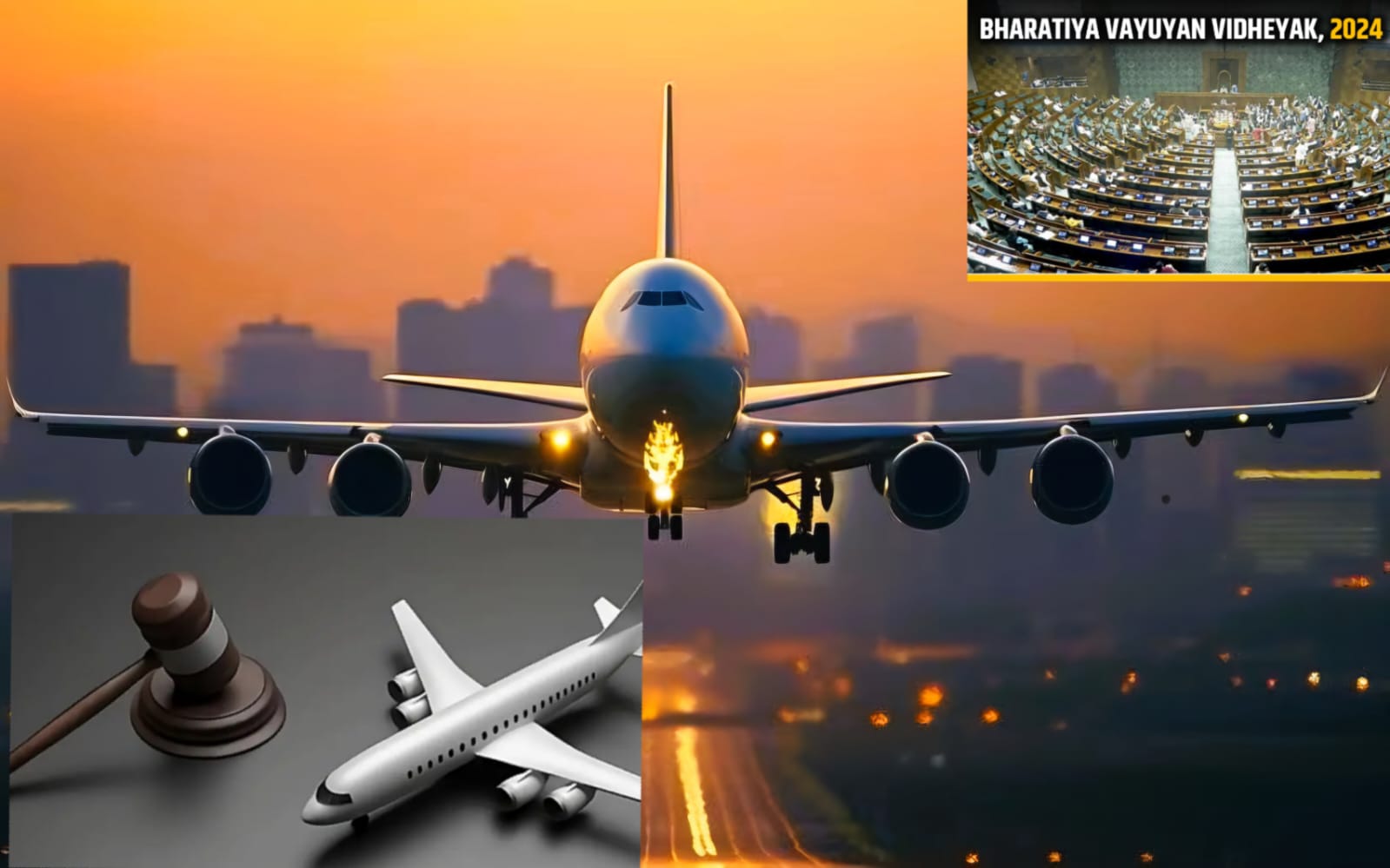
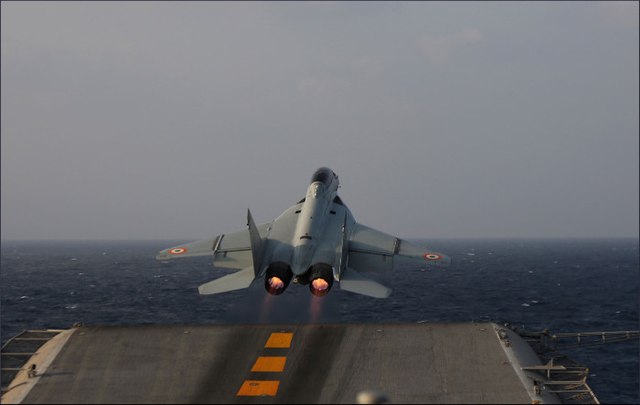
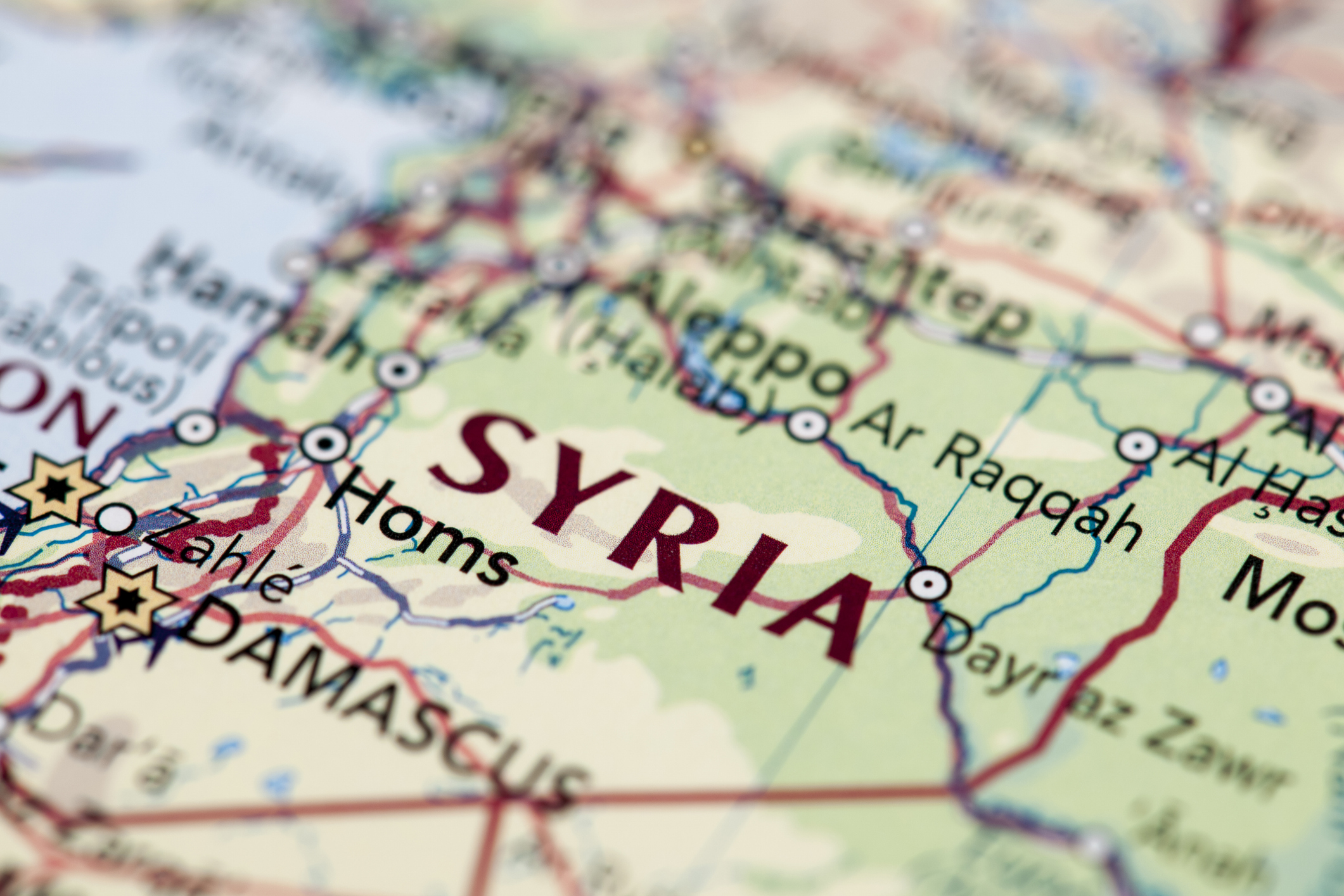

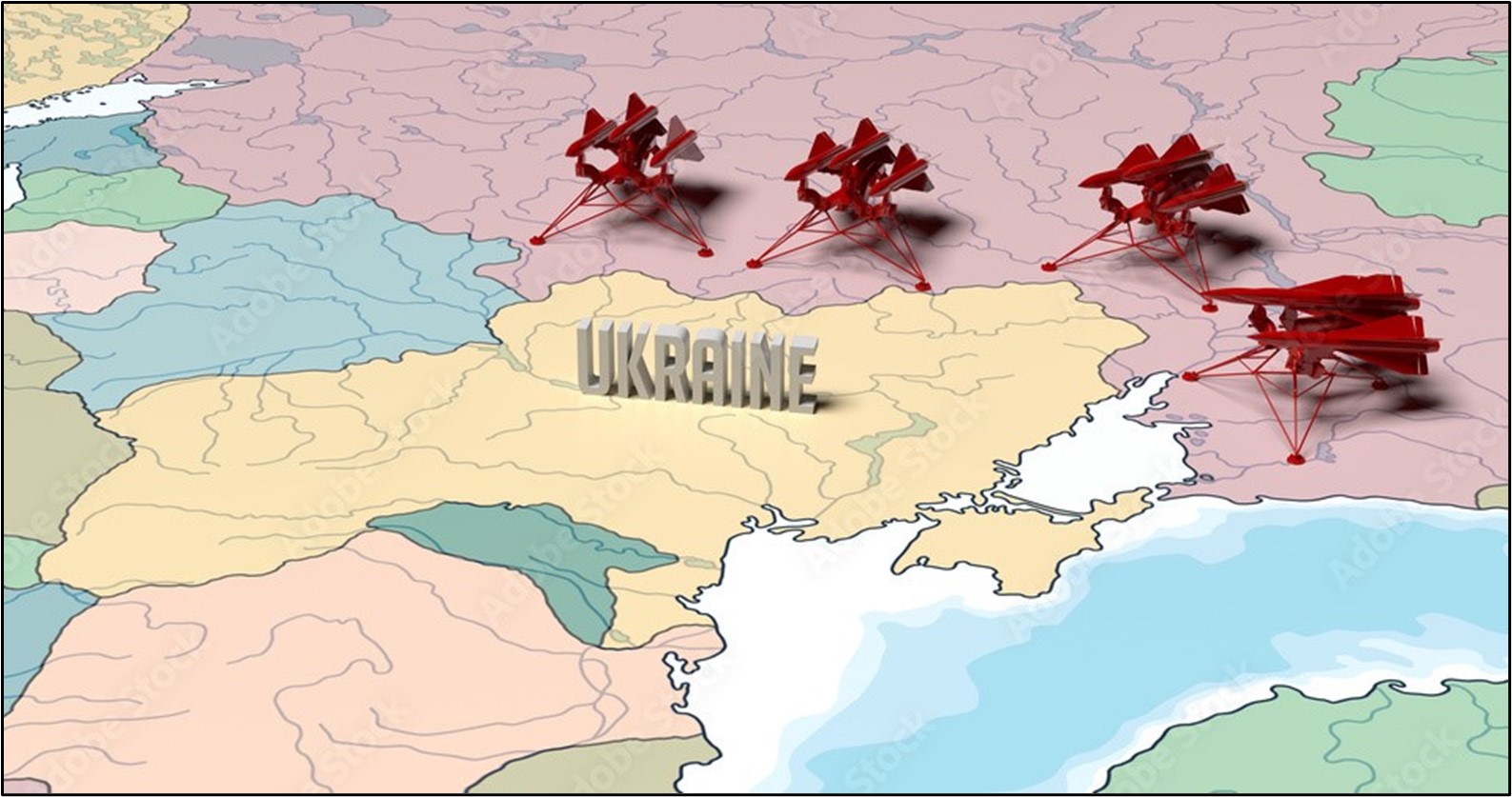

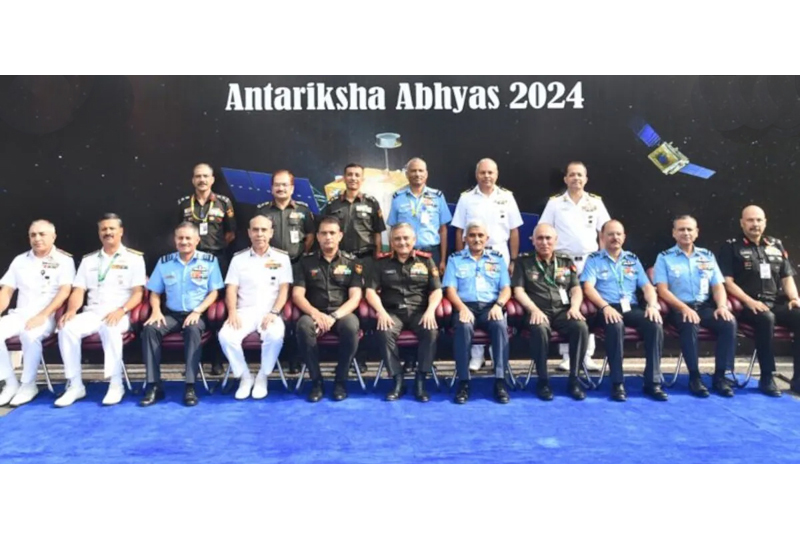









POST COMMENTS (1)
Maj S K Sharma